Gluing rubber with glass is not an easy challenge. You must be careful selecting adhesive materials, the steps to take, and the waiting time.
So how to glue rubber to glass? In this article, I will guide you step by step for the fastest and simplest operation. Let’s get right into the details!
Things You’ll Need
Under normal conditions, the glass will have little or no adhesion to rubber.
However, if you know how to choose a suitable adhesive, it is not difficult for you to successfully fix these two materials.
Besides the adhesive, you need to choose some other support material. Below is a list and detailed instructions for each material.
Specialized glue
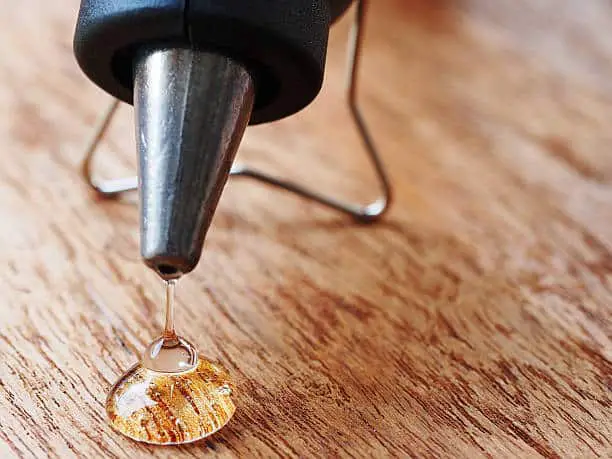
You need specialized glue
Adhesive glue is a fairly common item. Yet, not all types can bond rubber and glass well. Some adhesives are not even suitable for permanent joints, causing the two materials to separate after you wipe them off immediately.
It would be wiser to look at specialized glue samples. Here are some options you can find right now:
- Silicone-based adhesive: This adhesive is durable while ensuring aesthetics with a transparent color. However, some of these glues are toxic and unsuitable for sensitive people due to particular ingredients.
- Epoxy glue: It is compatible with many glasses, rubber, and metal materials. To use this glue, you will have to do some heating. Despite its complexity, this glue’s bonding ability is excellent overall.
- Super glue: This adhesive creates strong bonds. It can even work on both smooth and rough surfaces. In addition to attaching glass with rubber, you can also use this material to attach metal and ceramics.
During the selection process, you need to pay attention to its waterproofness if the objects you handle come into contact with water. Usually, silicone-based glue will have good water resistance.
Acetone and sandpaper
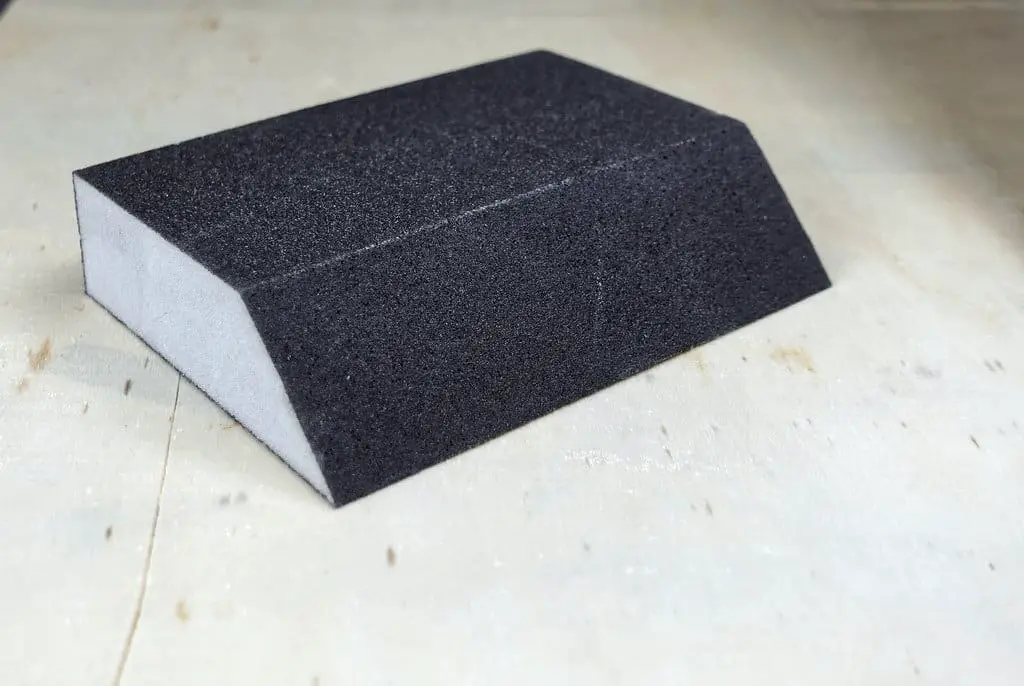
To keep the rubber and glass adhered tightly, you must ensure these two materials’ surfaces are smooth enough without dirt or oil.
To clean natural rubber, you will need a small amount of acetone. Meanwhile, for glass, you can use 800 grit sandpaper to lightly sand to increase adhesion.
The only caveat is that it is straightforward to scratch the glass surface, which requires more careful and slow handling.
Rubber gloves
Adhesives often contain some harmful chemical ingredients. During the mounting process, you also easily create some mess.
A rubber glove is more valuable and convenient for you to clean or work with most surfaces. Like sandpaper, you shouldn’t let your gloves rub against the glass and the tape.
How To Glue Rubber To Glass? A Step-By-Step Guide
Once you’ve completed the preparatory steps, it’s time for you to mount the rubber and glass, following some simple steps below:
Step 1: Clean the material
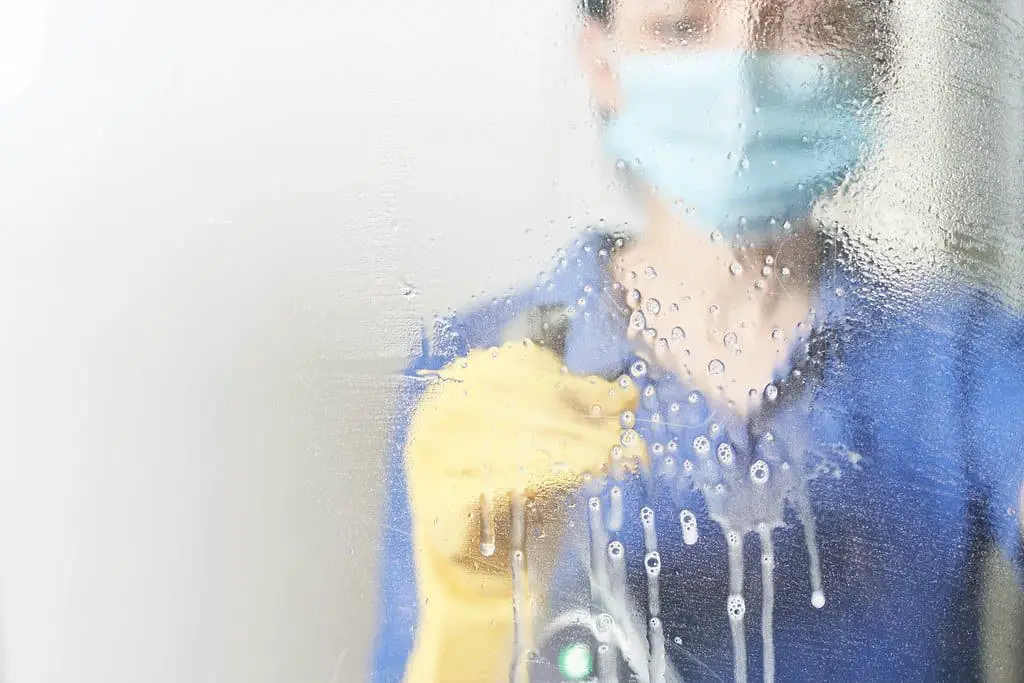
You need to ensure the glass and rubber surface does not contain dirt, oil, and impurities that interfere with the adhesive process.
A small tip is to use acetone to clean the rubber and 800-grit sandpaper for the glass. A damp cloth and soap are also effective ways to clean these two surfaces.
Step 2: Apply enough glue to the surface
As a rule, you should not use too much glue for a fixed position. However, it needs to cover the entire area you want to stick to.
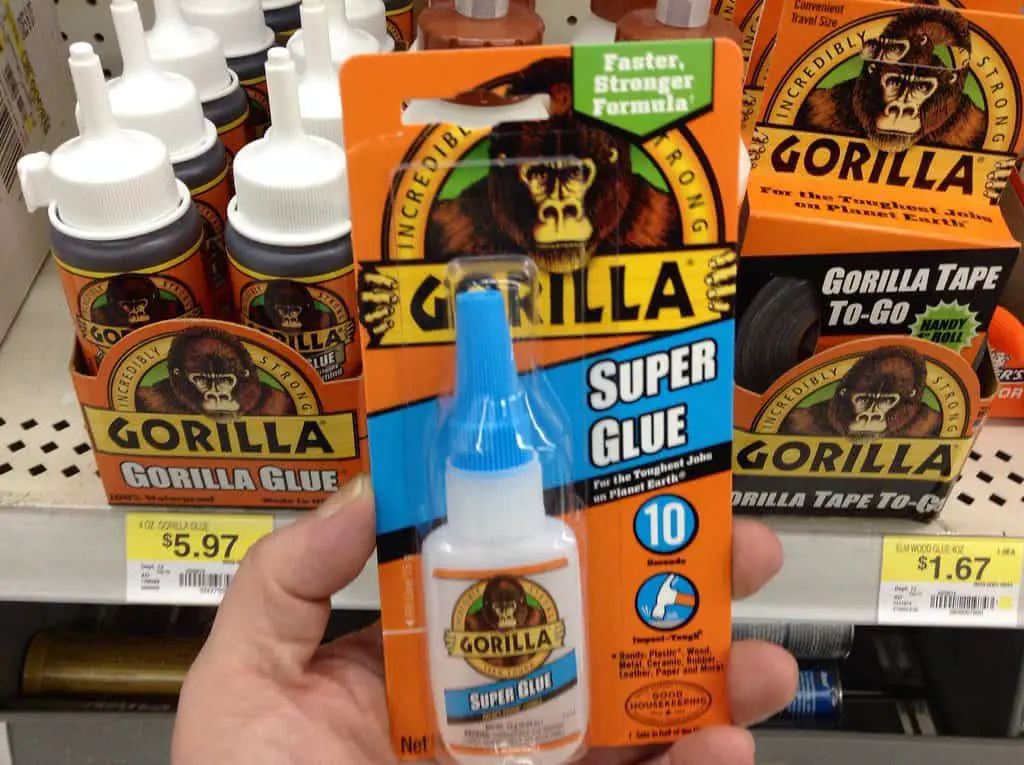
Apply enough glue to the surface
Step 3: Press the two materials together
You should set the bond for at least one minute to keep the adhesive stable for the longest time. It is an important step that determines the effectiveness of the adhesive tape that you cannot skip.
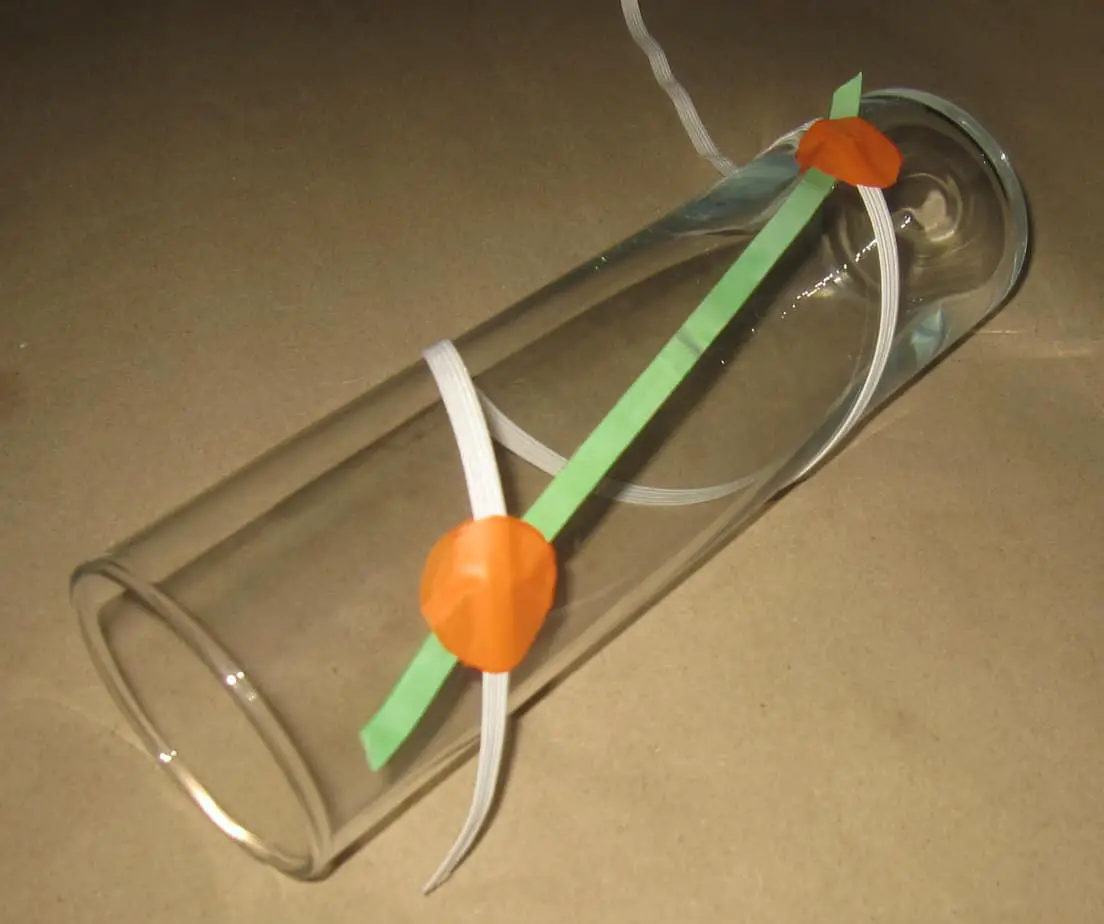
Press the two materials together
Step 4: Wait until the glue is wholly bonded
This waiting time will depend on the type and brand of glue you use. Usually, the adhesive will take up to about 24 hours to set.
Some more special glues will require exposure to light to ensure adhesion. After the glue sets, you need to limit the strong impact for the next 24 hours for a stable connection.
Step 5: Clean the surface again
You should scrape off the excess glue with sandpaper or a razor and wipe the area around the bond again.
If you are gluing large pieces of glass with rubber, a particular glass clip to hold everything in place is a valuable item for you.
Read more about rubber glue
FAQs
1. What glue works on glass and rubber?
Silicone is a relatively standard and effective adhesive on glass and rubber.
This adhesive can also work well on other surfaces, such as plastic and metal. It’s not hard to find silicone-based glue in home goods stores,
2. What is the best way to glue rubber together?
Try using cyanoacrylate or super glue if you want to bond the rubber. This glue is quite economical and solid and provides near-instant bonding. You will hardly experience joint fall-off after curing when using this glue.
3. Does rubber cement stick to glass?
Rubber cement and glass can only form a non-permanent bond because this material is not flat enough to ensure a long-term sustainable bond.
4. Does silicone rubber stick to glass?
Silicone is one of the best adhesives to attach glass to various materials.
Yet, not all silicone-based adhesives provide the same bonding effect. Silicon acetoxy bonds more quickly than most other silicone adhesives.
Meanwhile, RTV silicone glue dries as soon as it is exposed to air, available on both fabrics and some other unique surfaces.
5. Is glass glue toxic?
Not all strong adhesives cause serious harm to human health.
Highly secure adhesive samples will not contain harmful substances. They also often come with good heat resistance unaffected by oils and weak alkalis.
Conclusion
Above is my detailed tutorial on how to glue rubber to glass. These steps are clear enough for you to follow and successfully handle your project efficiently.
If you have anything else to say, don’t forget to leave a comment below to let me know. Thank you for reading!
